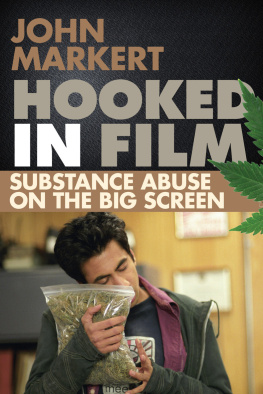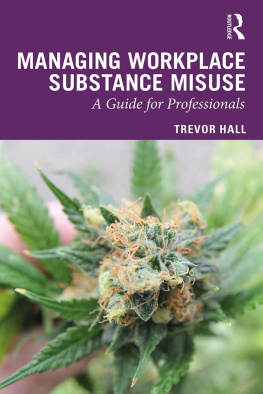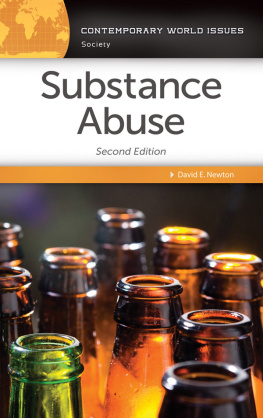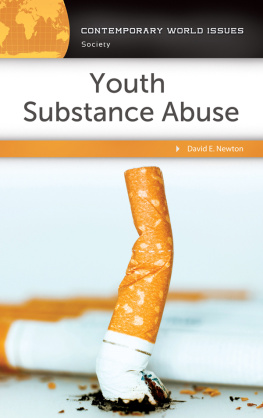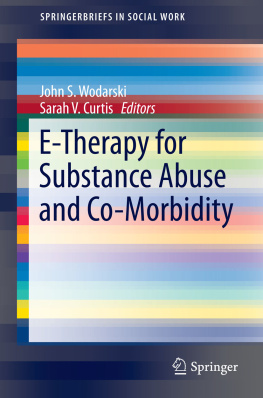SUBSTANCE USE AND ABUSE
HEALTH AND DISEASE IN SOCIETY
SUBSTANCE USE AND ABUSE
EDITED BY KARA ROGERS, SENIOR EDITOR, BIOMEDICAL SCIENCES

Published in 2011 by Britannica Educational Publishing
(a trademark of Encyclopdia Britannica, Inc.)
in association with Rosen Educational Services, LLC
29 East 21st Street, New York, NY 10010.
Copyright 2011 Encyclopdia Britannica, Inc. Britannica, Encyclopdia Britannica,
and the Thistle logo are registered trademarks of Encyclopdia Britannica, Inc. All
rights reserved.
Rosen Educational Services materials copyright 2011 Rosen Educational Services. LLC. All rights reserved.
Distributed exclusively by Rosen Educational Services.
For a listing of additional Britannica Educational Publishing titles, call toll free (800) 237-9932.
First Edition
Britannica Educational Publishing
Michael I. Levy: Executive Editor
J.E. Luebering: Senior Manager
Marilyn L. Barton: Senior Coordinator, Production Control
Steven Bosco: Director, Editorial Technologies
Lisa S. Braucher: Senior Producer and Data Editor
Yvette Charboneau: Senior Copy Editor
Kathy Nakamura: Manager, Media Acquisition
Kara Rogers: Senior Editor, Biomedical Sciences
Rosen Educational Services
Jeanne Nagle: Senior Editor
Nelson S: Art Director
Cindy Reiman: Photography Manager
Nicole Russo: Designer
Matthew Cauli: Cover Design
Introduction by Stephanie Watson
Library of Congress Cataloging-in-Publication Data
Substance use and abuse/edited by Kara Rogers.
p. cm. (Health and disease in society)
In association with Britannica Educational Publishing, Rosen Educational Services.
Includes bibliographical references and index.
ISBN 978-1-61530-413-4 (eBook)
1. Substance abuse. I. Rogers, Kara.
HV4998.S836 2011
616.86dc22
2010032761
On the cover: www.istockphoto.com/NicholasMonu
On pages :An Afghani man smoking crystal
methamphetamine. Behrouz Mehri/AFP/Getty Images
CONTENTS

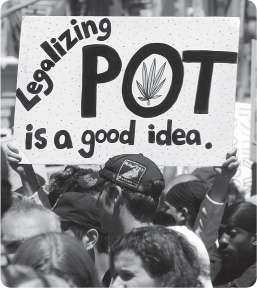




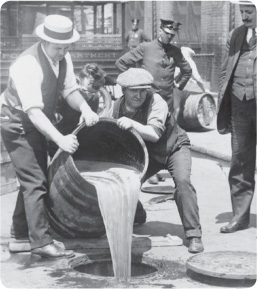

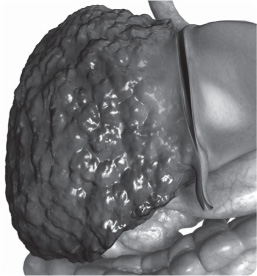



INTRODUCTION

Alcohol and tobacco use have been around for ages, as this image of gentlemen in a tavern, dated to the 1820s, shows. Hulton Archive/Getty Images
F ilms and television shows often portray substance abuse as an issue confined to secret back rooms and dark alleys, the purview of the weak and vile. The truth is that the use and misuse of drugs, legal or otherwise, doesnt discriminate by race, gender, age, or socioeconomic status. Alcohol and tobacco are similarly addictive, prone to abuse, and damaging to human health.
In this volume, readers will discover many of the issues related to substance use and abuse. Included are a discussion of substances that have a high propensity for abuse, the properties that make them so addictive, and the physiological factors that lead to dependence. Also covered in these chapters are the historical factors that have contributed to alcohol, tobacco, and drug use throughout the centuries, as well as the moral, ethical, and legislative arguments that have been at the heart of the debate over the use of addictive substances.
Substance use is widespread. So is abuse. Studies and surveys have indicated that every year, the United States spends more than half a trillion dollars to pay for the costs of substance abuse. One of the most significant reasons for these high costs is the damaging health effects of alcohol, tobacco, and drugs. Cigarette smoking is responsible for 87 percent of deaths from lung cancer and 20 percent of heart disease deaths each year. About one-third of AIDS cases and the majority of hepatitis C cases can be traced to intravenous drug use.
Health care isnt the only cost involved in substance abuse. Also significant are the consequences of peoples actions while they are involved with drugs and alcohol use. In the United States, drug use is implicated in about half of all major crimes, and drug-related offenses often land adults in federal prisons.
The use of drugs and alcohol is certainly nothing new. These substances have been around for thousands of years. Centuries ago, drugs that are now considered recreational were used for medicinal purposes. In the Andean region of South America, chewing coca (cocaine) leaves helped relieve both hunger and altitude sickness. Narcotics such as opium were prescribed by ancient physicians as a curative. Combined with camphor, opium was transformed into paregoric, which was used to calm the digestive tract and treat diarrhea. In 1898 heroinwhich is now known to be the most addictive opiatewas sold on the commercial market as a pain reliever. Because of cocaines potent abilities to dry up the nasal passages, it was recommended for sinus problems and hay fever in the early 20th century. This led to the nasal use of cocaine that continues today.
In other cases, certain civilizations have incorporated hallucinogens and other drugs into ritualistic ceremonies. For example, eating peyotea species of cactus with hallucinogenic propertieshad been and remains an important part of the religious rituals of some North American Indians. Peyote was a way for shamans and participants to reach a higher state of being. Native Americans also smoke tobacco in pipes during rituals meant to convey community and peaceful interactions among nations. References to drunkenness date back to ancient Egypt and Mesopotamia.
The way in which people take drugs has changed over time. New delivery methods and formulations made drugs more potent and easier to use. When native peoples used substances for ritual purposes, they ingested them often by simply chewing them or drinking them in a tea. In some cases, such as through specially crafted pipes, they burned plant material and inhaled the smoke. The ability to purify drugs from plants made it possible for drugs to be formulated as pills or injectable fluids. The latter was facilitated by the invention of the hypodermic needle in the 1800s. The hypodermic needle quickly found widespread use in medicine. Soldiers injured during the Civil War were treated with morphine injections. Injecting drugs directly into the bloodstream in this fashion increased the speed of the drugs effect. Upon their return home, many of these men found themselves face-to-face with a new adversarymorphine addiction. The problem was so rampant, addiction to this substance came to be known as the soldiers disease.
Next page







